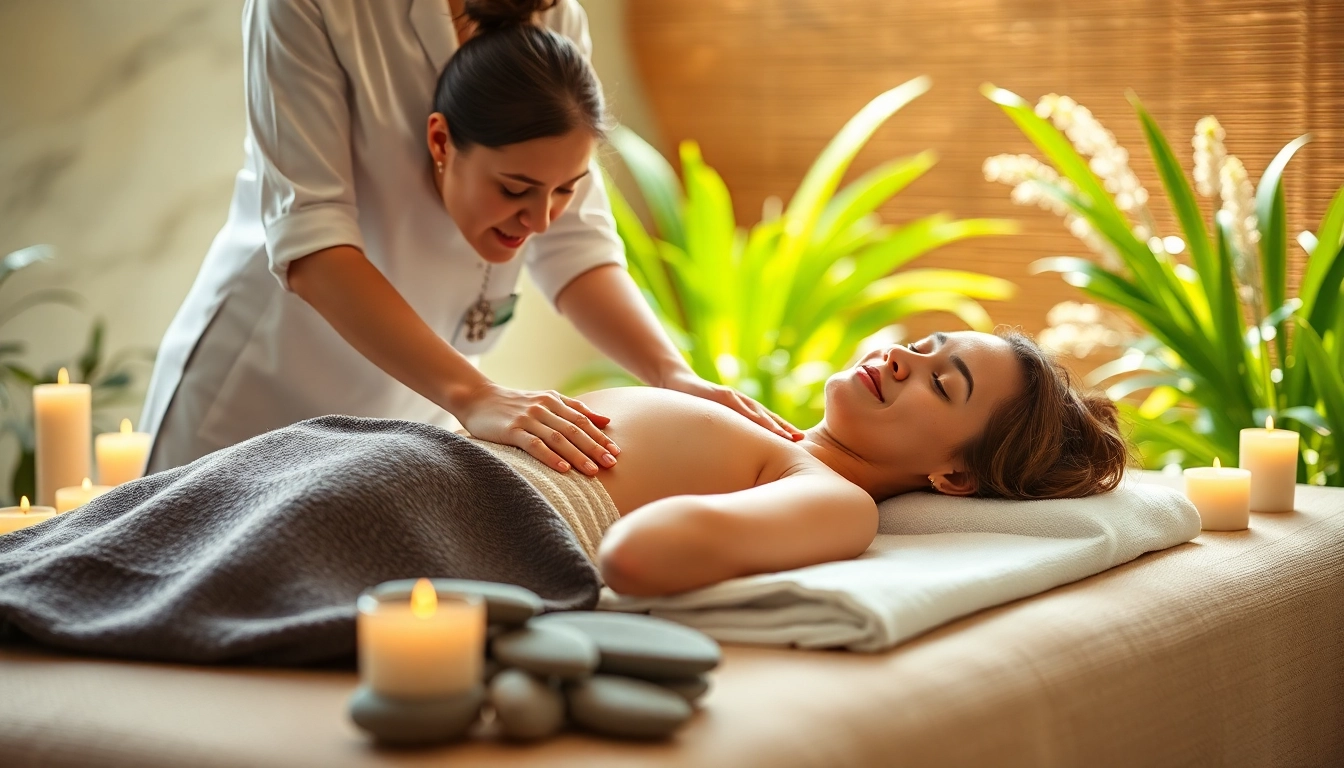What Are Wrinkle Relaxers?
Defining Wrinkle Relaxers
Wrinkle relaxers are injectable cosmetic treatments primarily used to reduce the appearance of fine lines and wrinkles on the face. They work by temporarily paralyzing the underlying muscles, which in turn diminishes the visibility of wrinkles caused by repeated facial expressions. The most common active ingredients in these treatments include botulinum toxin type A, which blocks nerve signals to the muscles, leading to a smoother surface on the skin. The concept of wrinkle relaxation has transformed the aesthetics industry, offering a non-surgical way to achieve a younger appearance quickly. For comprehensive details on these treatments, consider exploring more about Wrinkle Relaxers to gain further insight into their applications and benefits.
How Wrinkle Relaxers Work
The mechanism by which wrinkle relaxers perform their function is fascinating and intricate. By injecting a small amount of botulinum toxin type A into targeted muscles, these relaxers inhibit the release of acetylcholine, a neurotransmitter crucial for muscle contraction. With less signal to contract, the muscles remain relaxed, allowing the overlying skin to smooth out. The effects generally start to become noticeable within a few days and can last for three to six months, depending on individual factors such as metabolism and treatment area. By regulating the muscle activity that typically causes wrinkles, wrinkle relaxers enable a more youthful look without the need for invasive surgical procedures.
Types of Wrinkle Relaxers
Various types of wrinkle relaxers are currently available in the market. The most well-known is Botox, which has been widely recognized for its effectiveness in treating facial wrinkles. However, there are several other options available, including:
- Dysport: Similar to Botox, Dysport has a slightly different formulation that may offer faster results for some users.
- Xeomin: This product is unique because it contains no additives, potentially reducing the risk of developing antibodies against the treatment.
- Jeuveau: A newer entrant in the market, Jeuveau is specifically designed for aesthetic use, particularly for frown lines.
Each product has its advantages, and the best choice may depend on individual treatment goals, the area of the face being treated, and personal skin characteristics.
Benefits of Using Wrinkle Relaxers
Immediate Effects on Appearance
One of the most significant benefits of wrinkle relaxers is the immediate improvement in appearance. After the treatment, patients often see a noticeable reduction in wrinkle depth in a few days, contributing to a more youthful and refreshed look. This quick turnaround is particularly appealing to those seeking an immediate improvement without the downtime associated with invasive procedures.
Long-Term Skin Health Benefits
Beyond the immediate aesthetic enhancements, regular use of wrinkle relaxers can promote long-term skin health. By reducing the frequency and intensity of muscle contractions, patients can prevent the formation of deeper lines over time. Furthermore, some studies suggest that consistent usage may even lead to a reduction in the underlying muscle bulk, contributing to a softer, smoother appearance.
Psychological Benefits of Youthful Skin
The psychological impact of maintaining a youthful appearance cannot be overlooked. Many individuals feel more confident after undergoing treatments with wrinkle relaxers. Confidence may translate into enhanced social interactions and improved self-esteem. The psychological benefits of investing in one’s appearance can lead to a more positive outlook on life, often improving both personal and professional relationships.
Common Misconceptions About Wrinkle Relaxers
Addressing Safety Concerns
One of the most prevalent misconceptions about wrinkle relaxers is that they are unsafe. However, when administered by a qualified practitioner, they are generally considered safe. The treatment has been used for decades and many studies confirm its safety profile. Patients are encouraged to seek consultation with experts who understand the nuances of facial anatomy to minimize any risks.
Debunking Myths Surrounding Costs
Another common myth is that wrinkle relaxers are prohibitively expensive. While costs can vary widely depending on the geographic location and the practitioner’s expertise, many patients find that these injectables offer a cost-effective alternative to surgical procedures. Furthermore, the longevity of treatment results means that patients can enjoy several months of effects, making them a worthwhile investment in their appearance.
The Truth About Side Effects
Side effects linked to wrinkle relaxers are often exaggerated in popular discourse. Most patients experience minimal downtime and only mild, temporary side effects such as swelling, bruising, or headache. Serious side effects are rare, and understanding the range of possible reactions can empower patients to make informed decisions.
Choosing the Right Practitioner for Wrinkle Relaxers
Qualifications to Look For
Selecting the right practitioner is crucial for a successful outcome. Patients should seek professionals with the appropriate medical background — typically, this means a licensed medical doctor, nurse practitioner, or physician’s assistant trained in cosmetic injectables. Understanding the level of training and certification can significantly enhance patient safety and boost confidence in treatment.
Consultation Process Explained
The consultation process is a pivotal step in the treatment journey. During this session, practitioners will assess the patient’s facial structure, discuss aesthetic goals, and determine the best approach. It also provides a valuable opportunity for patients to address their questions, ensuring they feel informed and comfortable moving forward with treatment.
Assessing Experience and Client Testimonials
Experience plays a vital role in delivering satisfactory results. Patients should inquire about the practitioner’s specific experience with wrinkle relaxers, including the number of procedures performed and the types of cases handled. Reviews and testimonials from past clients can offer insight into the practitioner’s skill and the quality of their outcomes.
Post-Treatment Care for Wrinkle Relaxers
Essential Aftercare Tips
Post-treatment care is instrumental in achieving optimal results from wrinkle relaxers. Patients should avoid touching or rubbing the treated area for a minimum of 24 hours to prevent displacement of the product. Additionally, it is recommended to refrain from strenuous activities or exposure to excess heat (like saunas or sunbathing) for at least 24 hours after treatment.
Signs of Complications to Watch For
While complications are rare, patients should be vigilant for any unusual symptoms following treatment. These may include asymmetrical results, persistent swelling, difficulty swallowing or breathing, and signs of infection such as fever or excessive redness. Should any of these occur, immediate medical assistance should be sought.
When to Schedule Follow-Up Treatments
Follow-up treatments are essential to maintain the desired results. Most patients find they benefit from repeat injections every three to six months, as the effects of the wrinkle relaxers gradually fade. A consultation with the practitioner can help determine the best schedule based on individual factors, ensuring that results are both consistent and satisfying.



